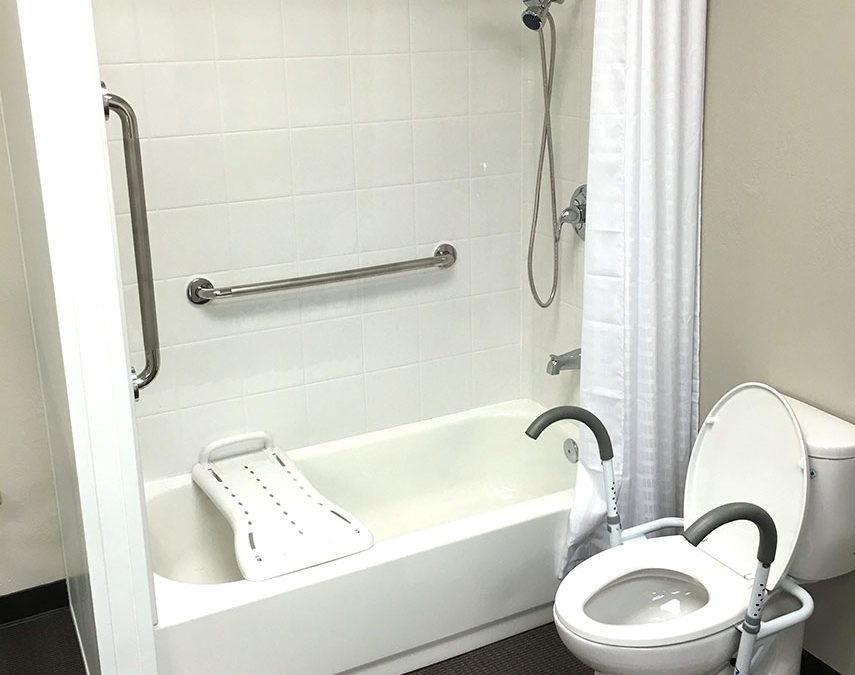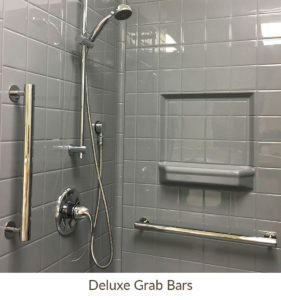Functional disability, as marked by the inability to perform tasks needed to live independently, becomes increasingly common with advancing age and is strongly linked to multiple adverse health outcomes, such as depression, social isolation, hospitalization, nursing home placement, and death.¹ The prevalence of older people needing help in 1 or more activities of daily living (ADLs) or instrumental activities of daily living (IADLs) is approximately 30% among individuals in their 70s and more than 40% among those aged 80 years or older.² Disability and its associated adverse outcomes are even more prevalent among low-income older adults because they have more comorbidities and less access to health care and social services.³ Low-income older people are particularly vulnerable and a crucial target population for prevention and amelioration of disabilities in ADLs. In this issue of JAMA Internal Medicine, Szanton and colleagues⁴ address these issues. These authors report on CAPABLE, a home-based multifactorial intervention they developed that combines planned home visits by an occupational therapist and a registered nurse with environmental interventions in the home by a home modfier.
Link to article below:
https://jamanetwork.com/journals/jamainternalmedicine/article-abstract/2720133


